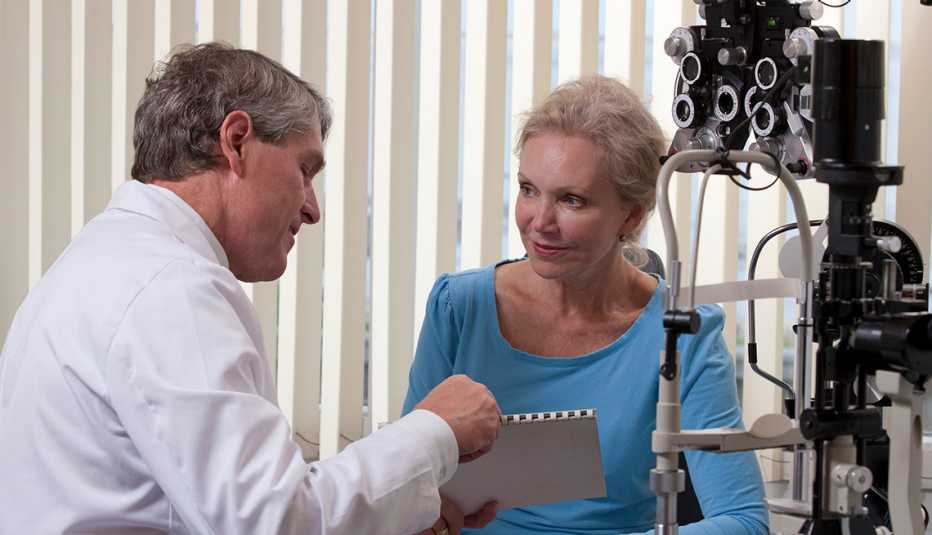AARP Hearing Center


Many adults 50 and older aren’t getting screened for vision problems regularly, which means that eye diseases may not be diagnosed and treated early enough to prevent vision loss, according to the findings of a new University of Michigan/AARP poll.
The survey found that 18 percent of older people haven’t seen an optometrist or ophthalmologist in three years or more or were not sure when they had their last eye exam. The study was part of the National Poll on Healthy Aging, sponsored by AARP and Michigan Medicine, the University of Michigan’s academic medical center.
More than 40 percent of those who had not seen an eye doctor in three or more years said they hadn’t had their eyes checked because they weren’t having any vision problems. Others said they were dissuaded from getting an exam by the cost or that they just hadn’t gotten around to it.
“Vision loss affects an older adult’s overall health, risk of falling, social interactions and quality of life,” says Alison Bryant, senior vice president of research for AARP. “But not everyone has coverage for routine vision care and eyeglasses.”
The survey also revealed that many primary care doctors aren’t routinely asking their patients about their vision: 58 percent of those who had regular medical checkups reported that their primary care physician or other providers hadn’t asked about their eyes. Respondents who had a low household income, a history of eye disease or diabetes were more likely to say they were asked about their vision. Still, 2 out of 5 people with diabetes who had regular primary care checkups said their doctor didn’t ask about their vision.
For expert tips to help feel your best, get AARP’s monthly Health newsletter.
There are a range of eye conditions related to diabetes, including diabetic retinopathy and diabetic macular edema. The Centers for Disease Control and Prevention (CDC) recommends that people with diabetes have a comprehensive eye exam every year and those with a high risk of glaucoma every two years.

































































More on health
New Treatments for Eye Conditions
Vision problems might seem inevitable with age, but recent advances may lead to a clearer future